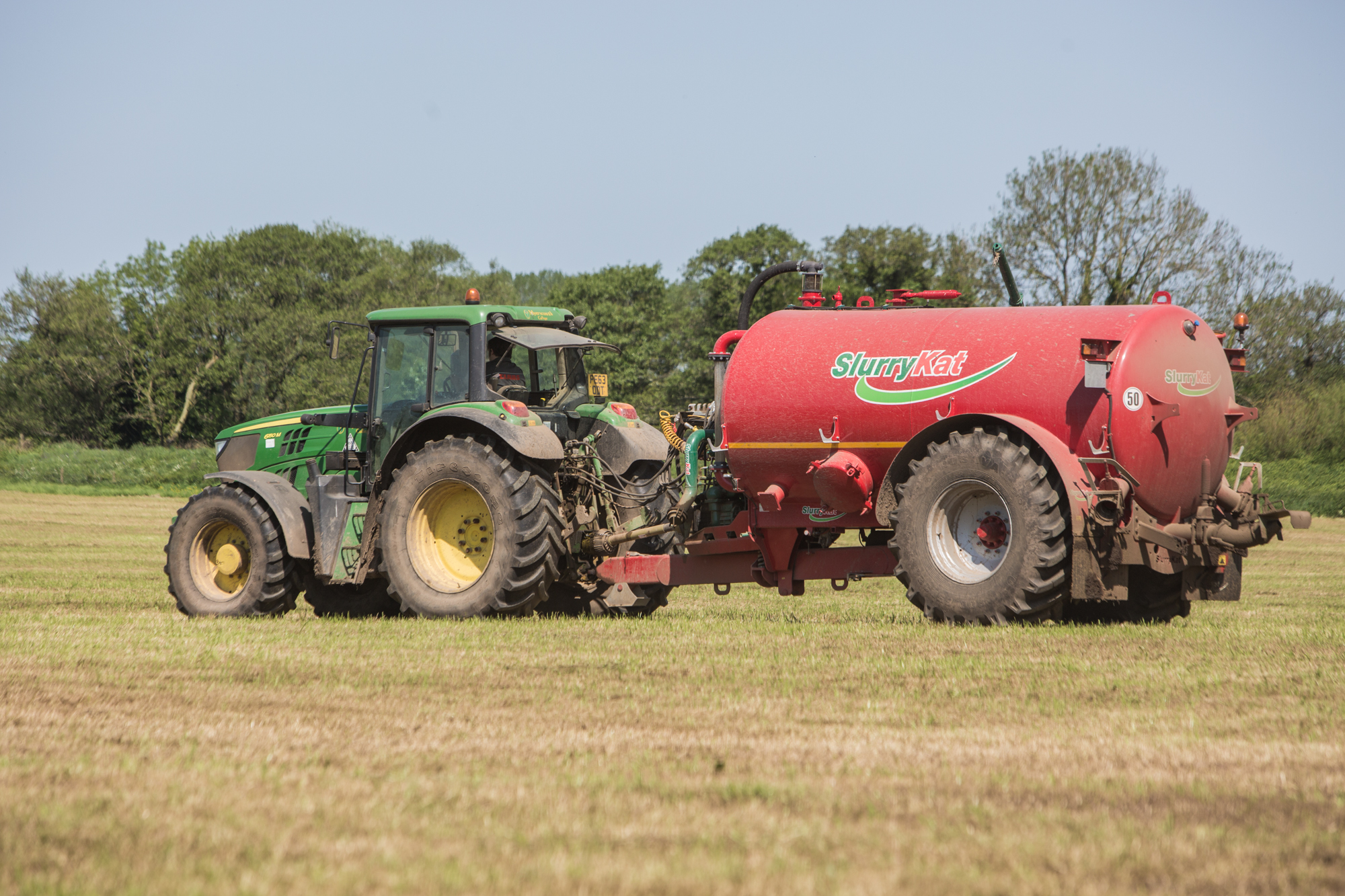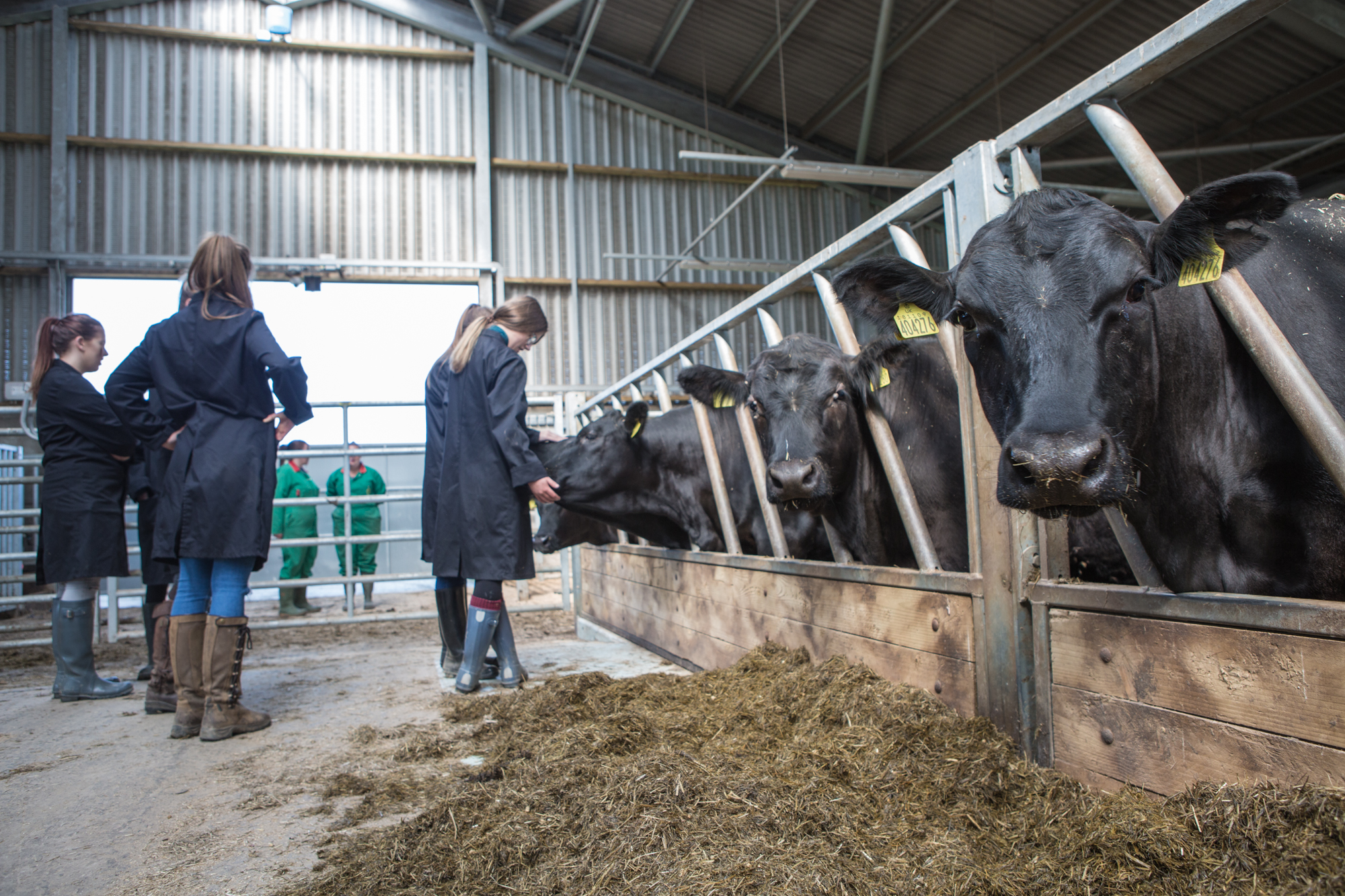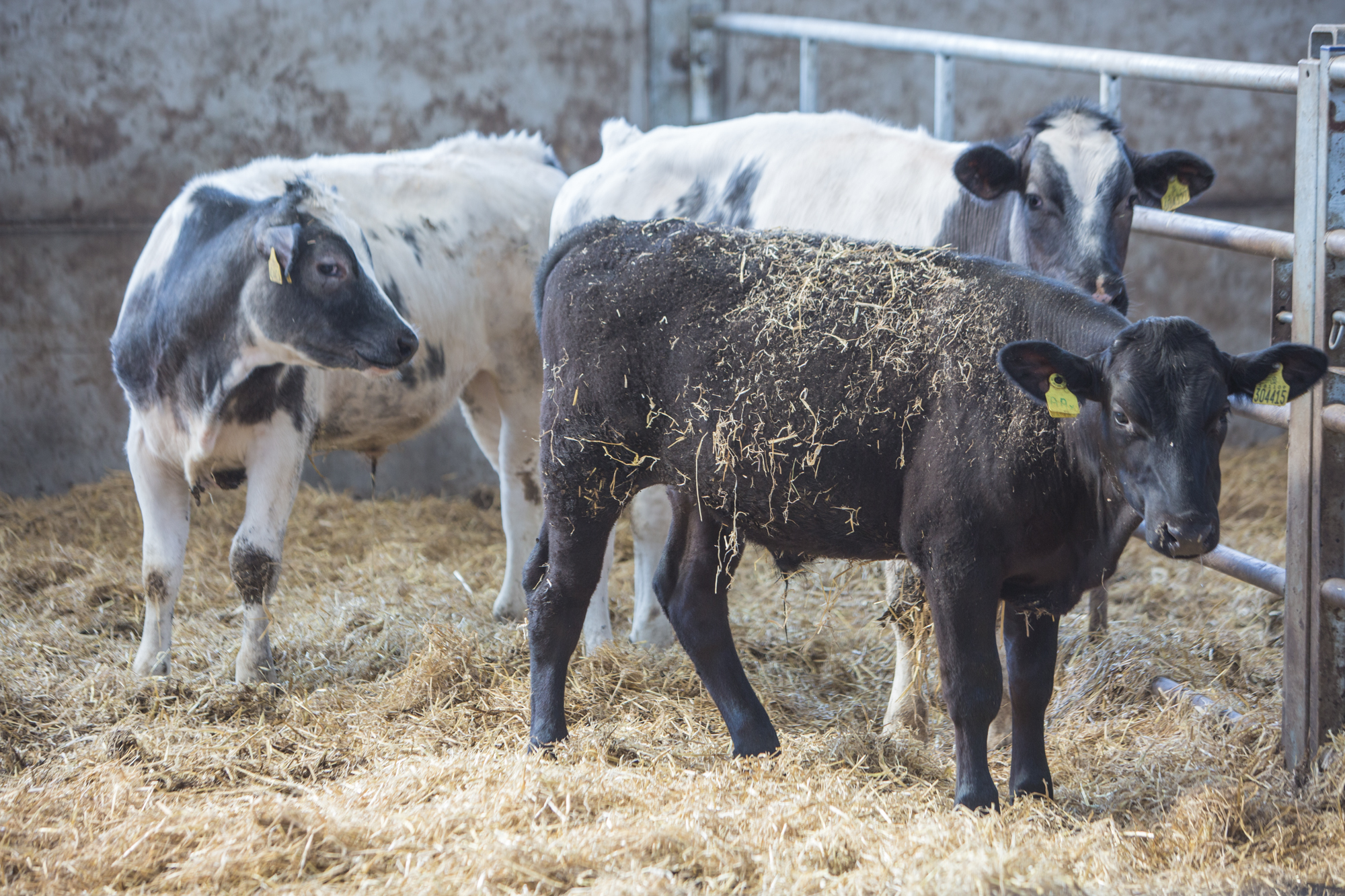Sector leading farming technology
At University Centre Myerscough, we’re proud to boast a wide range of cutting edge, sector leading technology, across our Lodge and Lee Farms, and our Food and Farming Innovation and Technology (FFIT) Centre.
This is across our Lodge and Lee Farms, and our Food and Farming Innovation and Technology (FFIT) Centre.
We currently have an animal inventory comprising or 186 dairy cows, 120 replacement dairy heifers, 140 dairy beef cattle, 60 breeding suckler cows, and 55 yearling suckler calves. In addition, we have 950 breeding sheep, with an expected lamb crop for 2023 of around 1,750 lambs.

HarvestLab & variable rate nutrient application
Investment in John Deere HarvestLab Near Infrared Sensing technology has allowed the farm to build up a whole picture approach to nutrient application and crop perfromance.
The technology is used by contractors to give a complete picture of the yield of the crops grown on the farm. This data is then used to inform applications of both organic and inorganic nutrients tailored to crop requirements and yield potential.
The use of real time NIR analysis of slurry and GPS technology on the main tractor allows for precise application and cloud based record keeping. Inorganic fertilisers such as nitrogen are applied using a variable rate fertiliser spreader which tops up levels of Nitrogen to that required by the crop. This system has the beneficial effect of optimising crop output while reducing inputs and leaving to reductions in cost and carbon emissions.

Robotic Milking Project:
We are currently undertaking the installation of three Lely Astronaut robotic milking units, these will supersede the current milking parlour and AfiMilk technology. The primary role of this system is to automate the milking process, allowing cows to access the milking process whenever they want to, also reducing the amount of labour required to milk the cows.
As the cow is free to milk on her own routine, cows which give higher yields visit the robot more often, leading to an increase in the total lactation yield for that animal. The robots will also have a system which optmises the amount of concentrate feed for the cow’s milk yield, leading to reduced feed costs and greater efficiency of milk production.

Keenan self propelled mixer wagon:
Mixer wagons are a common method of feeding cattle on many farms, they give the ability to use a range of ingredients to create a complete diet target to a particular group of animals. The farm has recently invested in a self-propelled mixer wagon with NIR technology equipped. The mixer operates as a self-contained unit, allowing filling and feeding out to be undertaken by a single machine. This approach has led to increased time and fuel efficiency.
The method of loading has also created a more uniform feed mixture, this has contributed to an increase in feed efficiency for the cattle. The NIR sensor will detect changes in silage dry matter at loading and varies the quantity of loaded to match the dry matter requirements of the animals fed that mix. We have not yet used this feature fully to see the effects but it is anticpated this will reduce the amount of silage fed over the year as the dry matter % changes within a clamp.

Rumination collars/calf tags:
During 2022 the milking herd saw the addition of SCR heat time rumination and activity collars. Working on a pedometer and microphone readings it allows monitoring of health and oestrus behaviour. This technology is a great asset in identifying cows which may be showing early signs or health conditions such as mastitis and ketosis, leading to reductions in milk production and requiring treatments of antibiotics. The collars also show changes in activity associated with oestrus, this allows a clearer identification of animals which are due to be mated and therefore contributes to an increase in pregnancy rates and herd efficiency.
Alongside the collars, we are working on the development of calf ear tags along the same lines, this will give an early warning indication of potential illness allowing for treatment to occur before the onset of symptoms, giving an increase in effectiveness.

